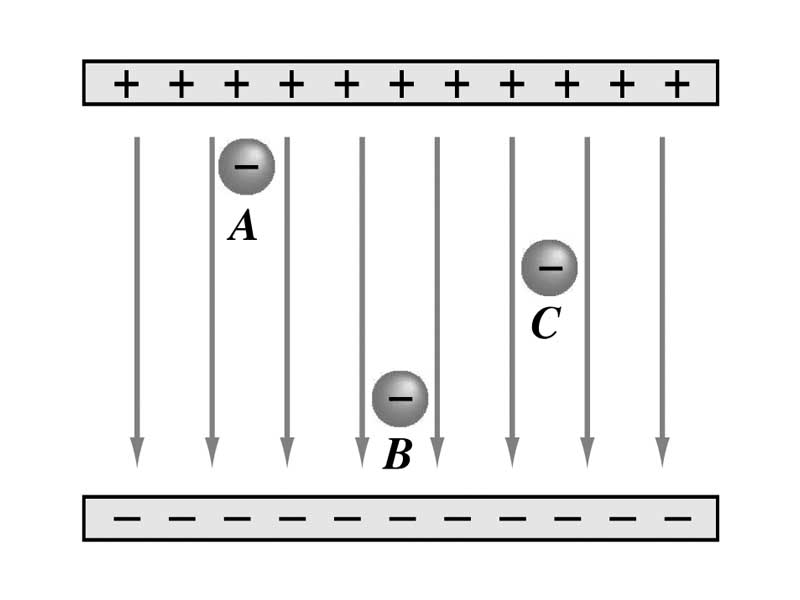The concept of energy is one of the most important concepts in science. Perhaps the simplest definition of energy is that it is a measure of a system's ability to perform work. Energy is classified as either potential energy or kinetic energy. Potential energy is the energy shared by a system as a consequence of position or state. Potential energy includes such forms as gravitational energy or chemical energy. What makes energy exceedingly useful as a concept is that when the various forms of energy in an isolated system are transformed from one form to another, the total energy must remain the same.
Beyond straightforward Mechanics problems, energy concepts are tested in various contexts throughout the physical sciences section of the test. The MCAT writers are fond of following unusual phenomena or difficult seeming contexts in a passage with at least one or two fairly basic questions about energy. The concepts of Work, Power & Energy, of course, underpin the entire body of the physical and biological sciences. As this MCAT course progresses, whether the topic is electric circuits or membrane transport, you should continuously work on building the habit of always asking 'What's going on with energy?'
WikiPremed Resources
Work, Energy, & Power Cards
Conceptual Vocabulary Self-Test
Basic Terms Crossword Puzzle
Basic Puzzle Solution
Conceptual Vocabulary for Work, Energy, and Power
Work, Energy, and Power
In physics and other sciences, energy is defined as a work one system does (or can do) on another system
The kinetic energy of an object is the extra energy which it possesses due to its motion, defined as the work needed to accelerate the body from rest to its current speed.
Potential energy is energy stored within a physical system.
Mechanical work is the amount of energy transferred by a force.
The conservation of energy states that the total amount of energy in an isolated system remains constant, although it may change forms.
Power is the rate at which work is performed or energy is transmitted. It is the amount of energy required or expended for a given unit of time.
The joule is the SI unit of energy.
The watt is the SI derived unit of power, equal to one joule per second.
A simple machine is any device that only requires the application of a single force to work.
The inclined plane is a flat surface whose endpoints are at different heights.
A lever is a rigid object that is used with an appropriate fulcrum or pivot point to multiply the mechanical force that can be applied to another object.
A pulley is a wheel with a groove along its edge for holding a rope or cable or belt.
Mechanical advantage is the factor by which a mechanism multiplies the force put into it.
The electronvolt is a unit of energy often used also in theoretical physics as a unit of mass. It is the amount of kinetic energy gained by a single unbound electron when it passes through an electrostatic potential difference of one volt, in vacuo.
A conservative force is a force that does zero net work on a particle that travels along any closed path in an isolated system.
The elastic energy is the energy which causes or is released by the physical distortion of a solid or a fluid.
The gravitational binding energy of an object consisting of loose material, held together by gravity alone, is the amount of energy required to pull all of the material apart, to infinity.
A calorie is a unit of measurement for energy equal to the amount of heat required to raise a gram of water one degree celsius. In most fields, it has been replaced by the joule.
The foot-pound force is an English unit of work or energy. It is the amount of energy expended when a force of one pound acts through a distance of 1 foot along the direction of the force.
The British thermal unit is a unit of energy used globally in the power, steam generation and heating and air conditioning industries.
Mechanical efficiency is the effectiveness of a machine and is defined as the ratio of mechanical advantage to velocity ratio.
An erg is the unit of energy and mechanical work in the centimetre-gram-second (CGS) system of units.



